Let’s face it the Oscars are a bore. Years ago, I held elaborate Academy Award-themed parties to watch the red carpet fashion show and Billy Crystal-hosted ceremonies complete with my own red carpet and little chocolate Oscars for guests. Now with 10 best picture nominees instead of five (proving less is more exciting), most of which I have not seen, this once must-see TV event just falls flatter than yesterday’s champagne. (And, even though I did not watch it last night, the news headlines today were all focused on the slap heard ‘round the world which defeats the escapism of movie magic – it brings the negativity, violence and toxicity happening in our cities right back onto my TV screen – help!)
Instead, I decided to tune out the Oscars and tune into my current passion around well home design and to champion movies that show age is just a number. Who better to receive my Oscar nod than Nancy Meyers? She is the trifecta queen of moviemaking: the writer/director/producer who not only makes you happy but makes you want to dial up an interior designer pronto so you too can live in a Meyers’ movie home such as “Something’s Gotta Give,” “It’s Complicated,” “The Holiday,” and “The Intern.” But, what you may not know is that we love Nancy Meyers movies because there is science behind her stories and scenery that create a sense of well-being for the audience.
“Nancy Meyers movies are drool-worthy adult versions
of Barbie’s dream house –
essentially home design fantasy for women.”
Here are three reasons why Nancy Meyers’ films are ageless classics taping into the principles of gerontology and why they hold lessons for family caregivers:
1. It’s all about family, friends and food
During the COVID-19 pandemic, we all defaulted to the foundations of Maslow’s pyramid of needs and motivation: physiological (food, water, shelter), safety and security (home), and love and belonging (family and only close friends). These are also the DNA elements of a Nancy Meyers film. Cooking is always a big scene in many of Meyers’ most memorable films whether it is Diane Keaton and Jack Nicholson making midnight pancakes in their PJs, Meryl’s alluring cooking for both Alec Baldwin and Steve Martin, or WASPY Brit Kate Winslet learning how to make the perfect Hannukah feast for a trio of 90-year-old men including Eli Wallach (and party crasher, Jack Black).
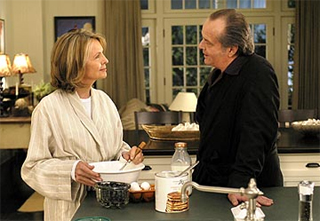
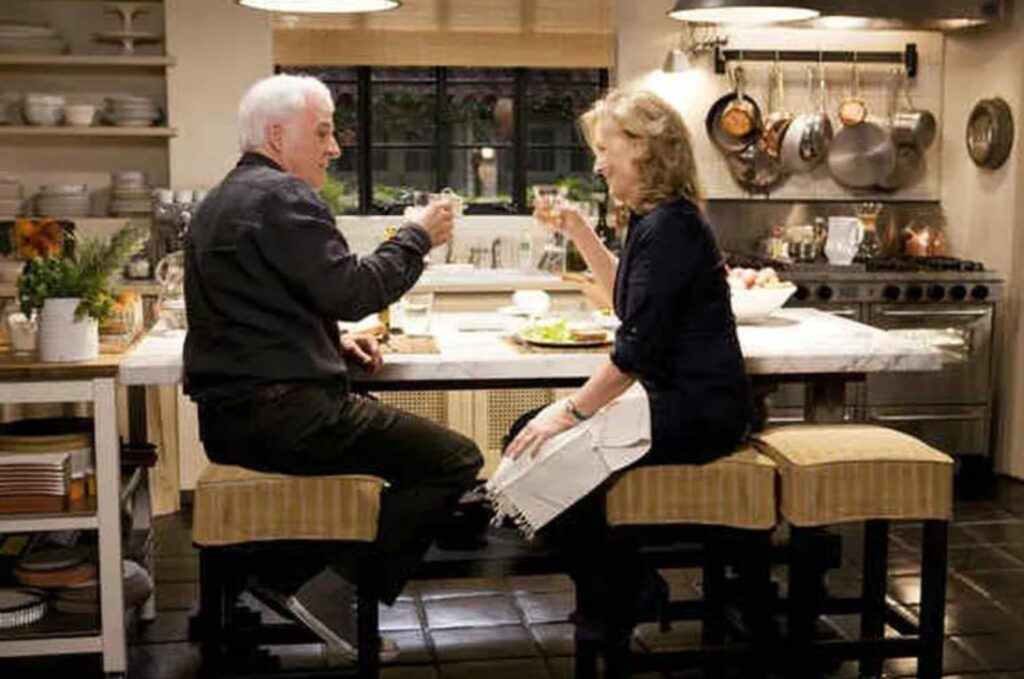
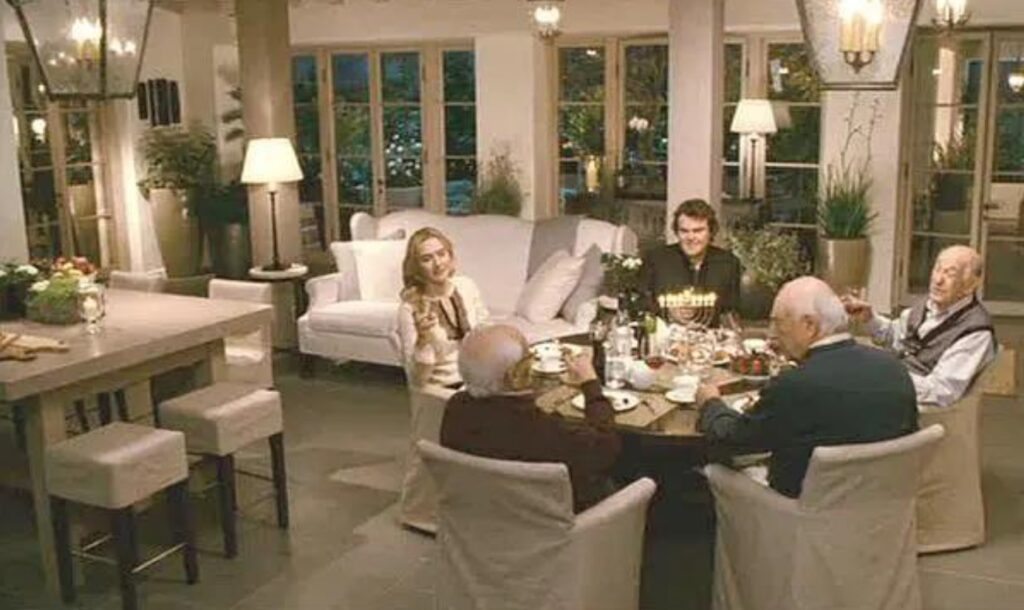
But the food scenes are mere backdrops (and a perfect excuse to design the ultimate kitchen movie set) for the relationships and this is where Meyers is a champion in making movies that celebrate older people. Whether it’s romantic love, mutigenerational friendships or taking a real but compassionate view on getting older, Meyers opens the eyes of the audience into an age-friendly world.
Caregiver Lesson: Focus on the basics: celebrating good food with family and friends is the antidote to anxiety, loneliness and overcoming caregiver emotional health issues such as burnout. And, cherish your older loved ones and realize that Oscar Wilde was right when he said, “With age comes wisdom.” Make memorable moments and connections with wise, older loved ones.
2. Women who create and also celebrate aging
In Meyers’ movies, the focus is on the women. All of her heroines are part of the latest trend in work called the Creator Economy (just like Meyers herself). Diane Keaton is a playwright, Cameron Diaz is a movie trailer producer, Kate Winslet is a newspaper columnist, Meryl Streep is a pastry chef and bakery owner, Anne Hathaway is an online fashion entrepreneur. But the brilliance is that Meyers doesn’t dwell on what they do or get militant about female empowerment, she simply presents these independent, entrepreneurial and successful women as the natural order of things not societal anomalies. These women capture what psychologist Mihaly Csikszentmihalyi calls “flow” psychology – where passion plus purpose equals the pursuit of happiness.
In fact, Nancy Meyers’ filmmaking is the epitome of what gerontology and positivity psychology are all about. She shows us that lives with meaning, quality relationships and a sense of self can be your refuge, your resiliency and your recipe for living longer and more joyfully (and a gorgeous double island kitchen or cozy large window-paned living room that screams, or rather whispers, “hygge” doesn’t hurt either).
Read about hygge and cozy reading nooks
She also reminds us that getting older doesn’t have to be all about the “Ds”: disease, decay, decline, depression, dementia. In fact, it can be sexy, flirty, empowering, exciting and fun. Think: 60-somethings Jack and Diane having a post-beach walk, rainfall, thunder storm romp; 50-somethings Meryl and Alec acting like naughty teenagers and getting a little love in the afternoon; or 40-somethings Cameron+Jude and Kate+Jack escaping toxic, sad relationships and finding your true soulmate even if you have to travel 6,000 miles and use LoveHomeSwap.com to do it. And Meyers celebrates bringing together younger generations with older bridging generations 40-50 years apart: The wisdom of Eli Wallach motivates Kate Winslet to change her outlook on love; Robert De Niro and Anne Hathaway become buddies and mutual mentors.
Caregiver Lesson: Focus on quality not quantity in your relationships whether it is friendships or being present when caring for an older loved one. And, pursue something just for you – it helps you live longer. You can do this while caregiving if you ask for and accept help, especially when times are tough.
3. There is no place like home (especially in a Nancy Meyers movie)
Beyond the love and belonging and the food, Meyers is a master of visual storytelling showcasing home design that is impeccabe but inviting, cool, classy and comfy. In fact, many of us (I plead guilty) have freeze-framed the DVD of her movies to take notes on home décor because a Nancy Meyers movie offers home environments that make you feel that even in bad times you can wrap yourself in a sanctuary space in your beautiful home to work it all out. Meyers gives us a drool-worthy adult version of Barbie’s dream house – havens for our heroines on-screen and home design fantasy worlds for those of us watching.

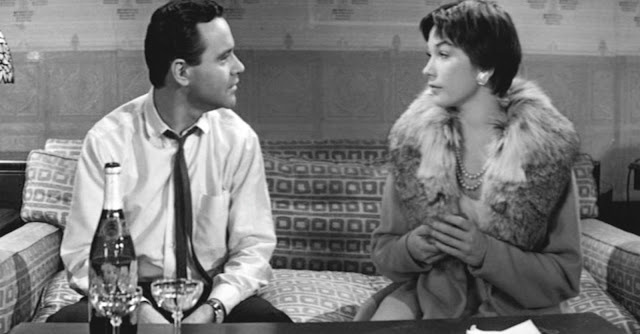
I heard Meyers speak about her movies at a Motion Picture & Television Fund “Inside Hollywood” online event. She admitted that audiences love her movies and are obsessed with the set décor because the homes are “cozy.” But to dismiss Meyers’ movies as only trailers for interior home design planning is a huge disservice. Her biggest contribution to filmmaking in my mind is her love of story (and we all have a story to tell) and her insistence that life doesn’t stop at 50. In fact, she showcases that it only gets better and hallelujah for that! After all, if living until 90 or 100 is how we are trending, then 50 is only the halfway point.
Meyers also has a love for other writer/creators like herself. She shared that her favorite movie is “The Apartment,” the 1960 Billy Wilder classic with Jack Lemmon and Shirley MacLaine. How perfect that Meyers chose a movie about love with a title about where we find that love: at home.
Caregiver Lesson: Create a sanctuary space in your home where you can find comfort, coziness and calm.
Following are my notes on Nancy Meyers films that offer beautiful home design and how they do (or don’t) embrace the principles of well home design:
The Movie Sets and Locations

While Meyers gained fame as screenwriter and producer on “Private Benjamin” starring Goldie Hawn and has numerous filmmaking and screenwriting credits including: “The Parent Trap” (Lindsay Lohan version), “Father of the Bride I and II” (Steve Martin, Diane Keaton, Kimberly Williams Paisley version), “What Women Want,” and “Baby Boom,” I am focusing on the four movies above to illustrate the Dos and Don’ts for well home design as we age.

The movies, while mostly filmed on sets in Hollywood, are always in idyllic spots: Beverly Hills, an English cottage in Sussex county, a Santa Barbara oasis, a Brooklyn brownstone. Meyers typically collaborates with production designer Jon Hutman and set designer Beth Rubino on the detailed designs even creating Pinterest boards to inspire and guide her team.
The Kitchens

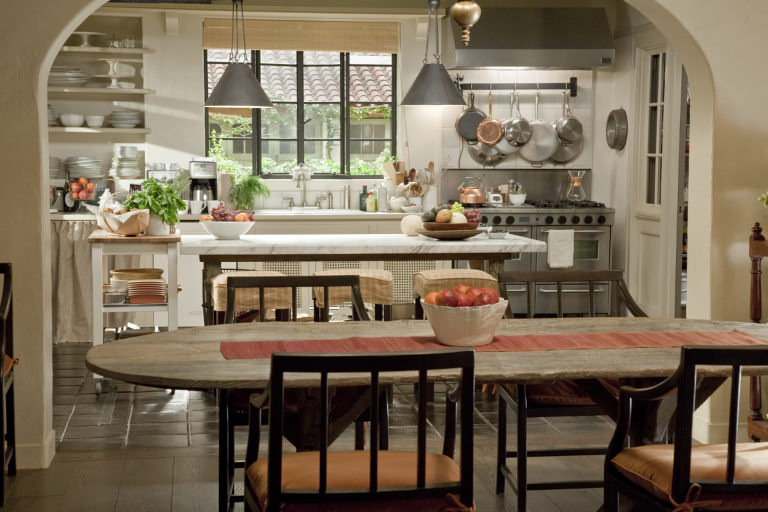
The kitchens in these movies are typically what send women into a frenzy. What Meyers gets right for well home design is the focus on both natural light through large windows as well as good task lighting which is helpful for aging eyes (we need three times the light at age 60 as age 20). Also, the biophilic design elements of a fireplace in the kitchen (“The Intern”), greenery as seen both outside and inside (“It’s Complicated”) help create a wellness environment. And the contrast between floors, islands and countertops (all) help with vision issues and are recommended for dementia-friendly designed homes. Also, the French door refrigerators are easier than top/bottom fridge/freezer (same with ovens – go for French doors).
Read about how biophilic design creates the
ultimate wellness at home
What would be great is to see easier drawer pulls with a D-shape (horizontal flat gold or nickel). These are easier to get arthritic fingers around as opposed to knobs or library drawer pulls. Also, rounder, softer corners on islands – curves are one of the 2021-2022 home design trends – to avoid bruising or worse if you happen to be off-balance.
The Living Rooms

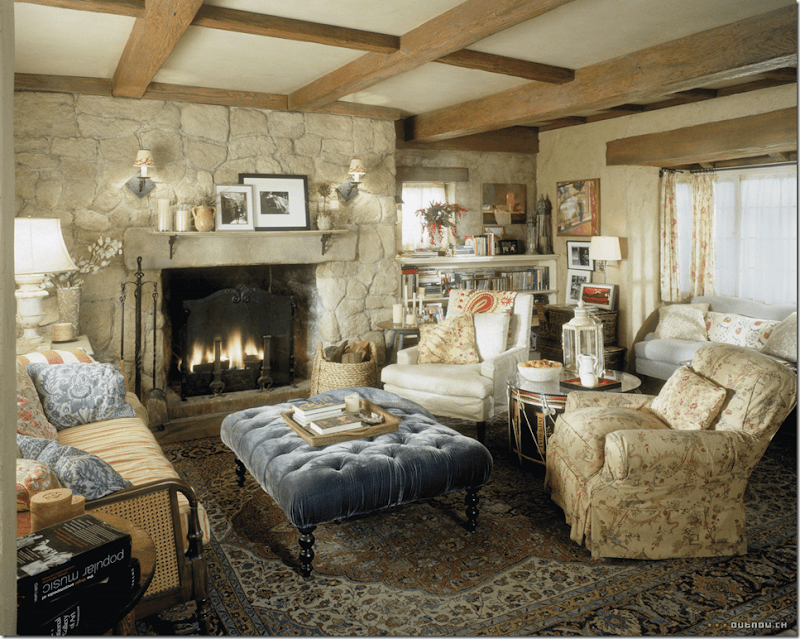
Again, the natural light in these living rooms is one of the key elements for well home design (Meryl’s colorful living room in “It’s Complicated” has a big window not shown in the photo above). Kate’s antique velvet ottomon taps into the design trend of curves – soft edges in case you lose your balance or don’t see the corners. Most of the living room coffee tables in the other films are hazardous – anything with a sharp edge should be replaced with a curved or softer edge. And another shout-out to biophilic design are the fireplaces which bring wood smell and nature elements into the room for comfort and a sense of safety (although only electric fireplaces are recommended for older adults in early stage dementia – real wood-burning fireplaces are less eco-friendly, harder to clean and more of a safety hazard for older adults if they are neglected or forgotten).
The Home Offices

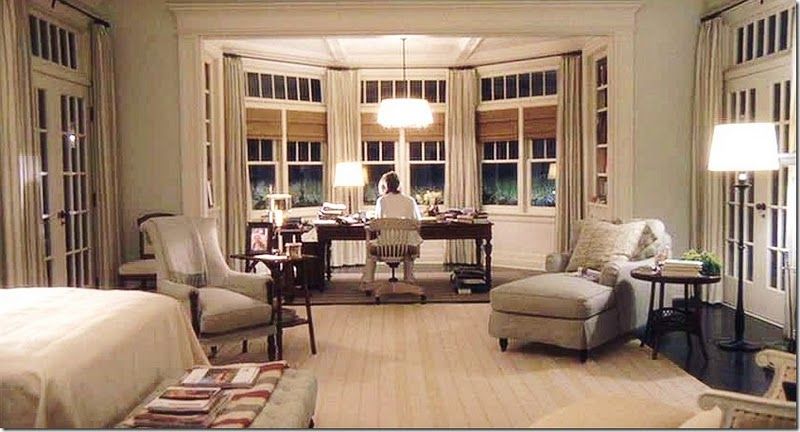
Again, the biophilic design element of having a beautiful window you can occasionally gaze out of while doing close-up work is key to well home design. Also, bringing nature into the home office: plants, flowers, wood, etc. creates a more “natural life” environment in which to work and triggers both safety and alertness in the “old brain” where milions of years ago we viewed the vast savanna for both prey and food – all in a day’s work. Also, keeping clutter at bay with good desk organizers keeps our minds free to create and again taps into the ancient brain of having an unobstructed view of your work space.
The good task lighting is essential in a home office or work space and having personal elements surround you – photos, books or for Meryl in her patisserie – the smells of her bakery — awaken all the senses and light up the neuro-circuitry for better brain health. Having an environment where all the five senses can be ignited (sight, hearing, smell, touch, taste) is crucial to well home design.
And while it is not recommended to bring your work into the boudoir (only sleep and sex are recommended here according to sleep scientists), Diane Keaton’s workspace feels OK to me since she looks outside not in at the bedroom and the suite is large enough to give herself distance for good sleep (as a writer I can relate to having your laptop nearby when you wake up in the middle of the night with that clever or creative idea!)
The Bedrooms

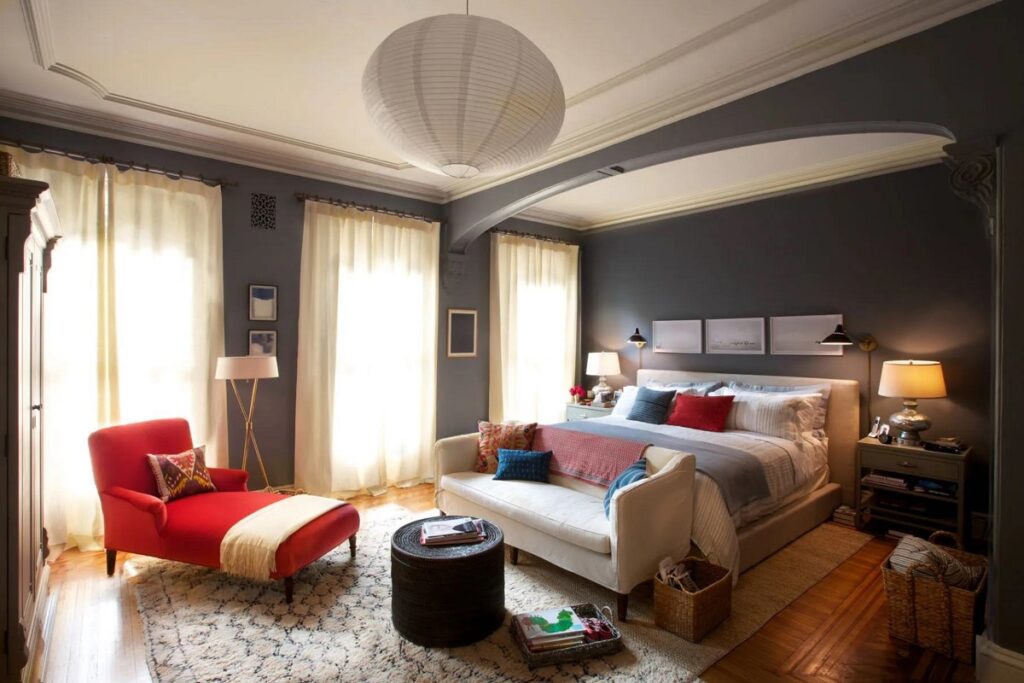
What I loved about Cameron Diaz’s bedroom in “The Holiday” (as did Kate Winslet) were the automated blackout shades – perfect well home design additions to help circadian rhythms for good sleep. And the fireplace in Kate Winslet’s cottage is another element of biophilic design – bringing natural elements such as fire into each room. Meryl’s traditional bedroom has great task lighting but there it is recommended to use amber nightlights (not blue emitting lights we typically see) are needed for late night bathroom trips (blue lights disrupt your circadian rhythms, red/orange/amber lights do not). And, while some may gravitate to Anne’s darker bedroom because of its cave-like feel, typically we want more soothing colors to calm anxiety and usher us off to dreamland such as blues, greens or blush which studies have shown are the most soothing, nurturing colors.
Read about why green makes older adults healthier and happier with Evergreen Fog – color of the year
The big Don’t or Double-check for all these bedrooms are the rugs that are trip hazards as we age. You can get really heavy-duty double-sided rug tape to ensure the edges won’t curl up or rugs can be upcycled – they make great wall hangings which is comforting to older adults not wanting to part with an heirloom or cherished rug.
The Outdoor Spaces

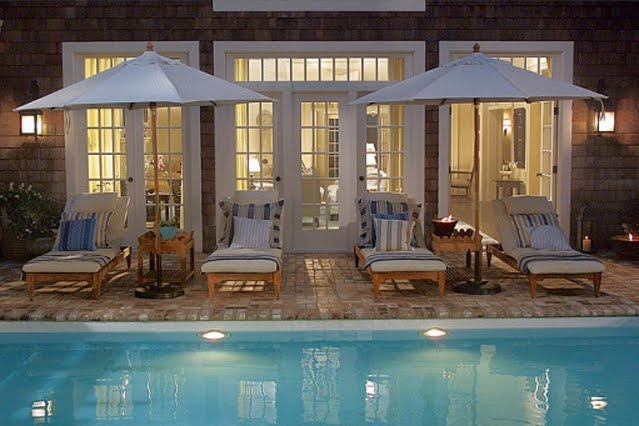
One of the big home design trends that skyrocketed during the recent coronavirus pandemic was indoor-outdoor spaces. Whether entertaining or just needing a place outside to find some peace and quiet and be in nature – having a great backyard or balcony oasis is a great well home design idea. And, if you live in the city in an apartment, then get outside into nature for a walk or as Robert De Niro and Anne Hathaway do in Central Park. Take a tai chi class to clear the mind and feed the soul. Scientific studies show being in nature every day improves our physical and mental health – get out and get back to nature. And, if you are caring for an older homebound adult – try to get them outside (when weather permits) or at least ensure they have a view onto a garden, grassy area, mountains, flowerbeds, etc.
The Sanctuary Spaces

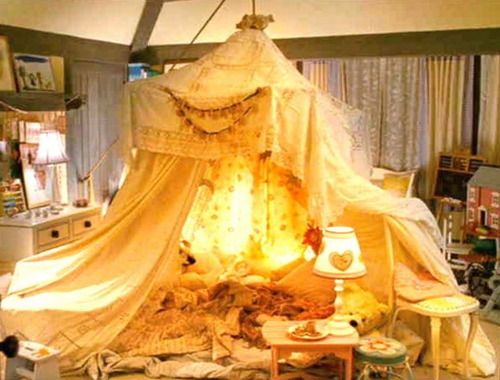
Having a sanctuary space is vital to well home design. Whether it is a cozy reading nook, an outside patio, or even a twinkle light canopy over a reading chair or yoga space – allowing for quiet and indulging in things we loved as kids – outdoors, books, daydreaming – helps us boost our brain health and manage anxiety, sadness and stress.
If you are interested in having a Well Home Design Assessment or a Dementia-Friendly Design Plan done, please contact Sherri at consult@caregivingclub.com

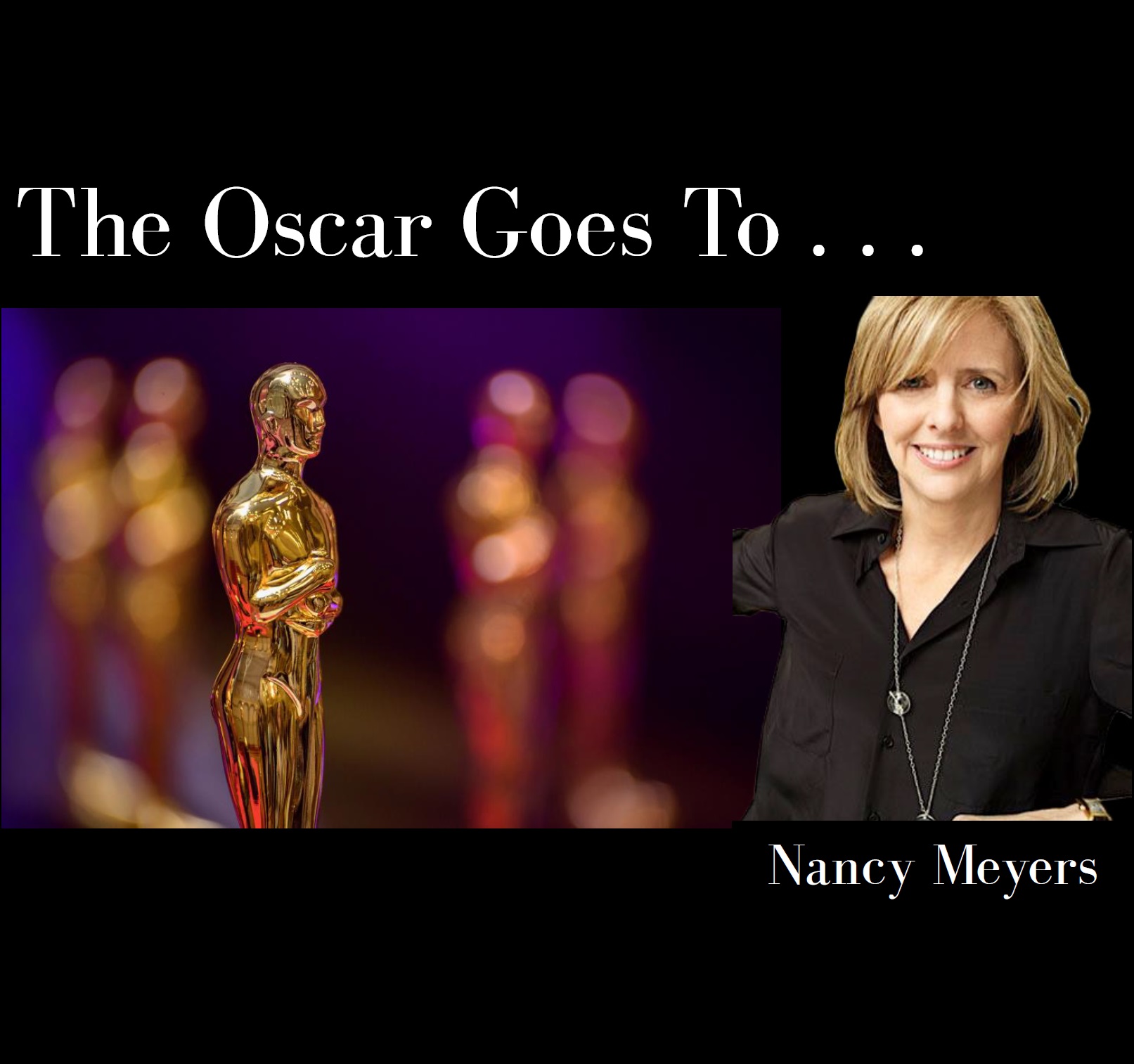
0 Comments